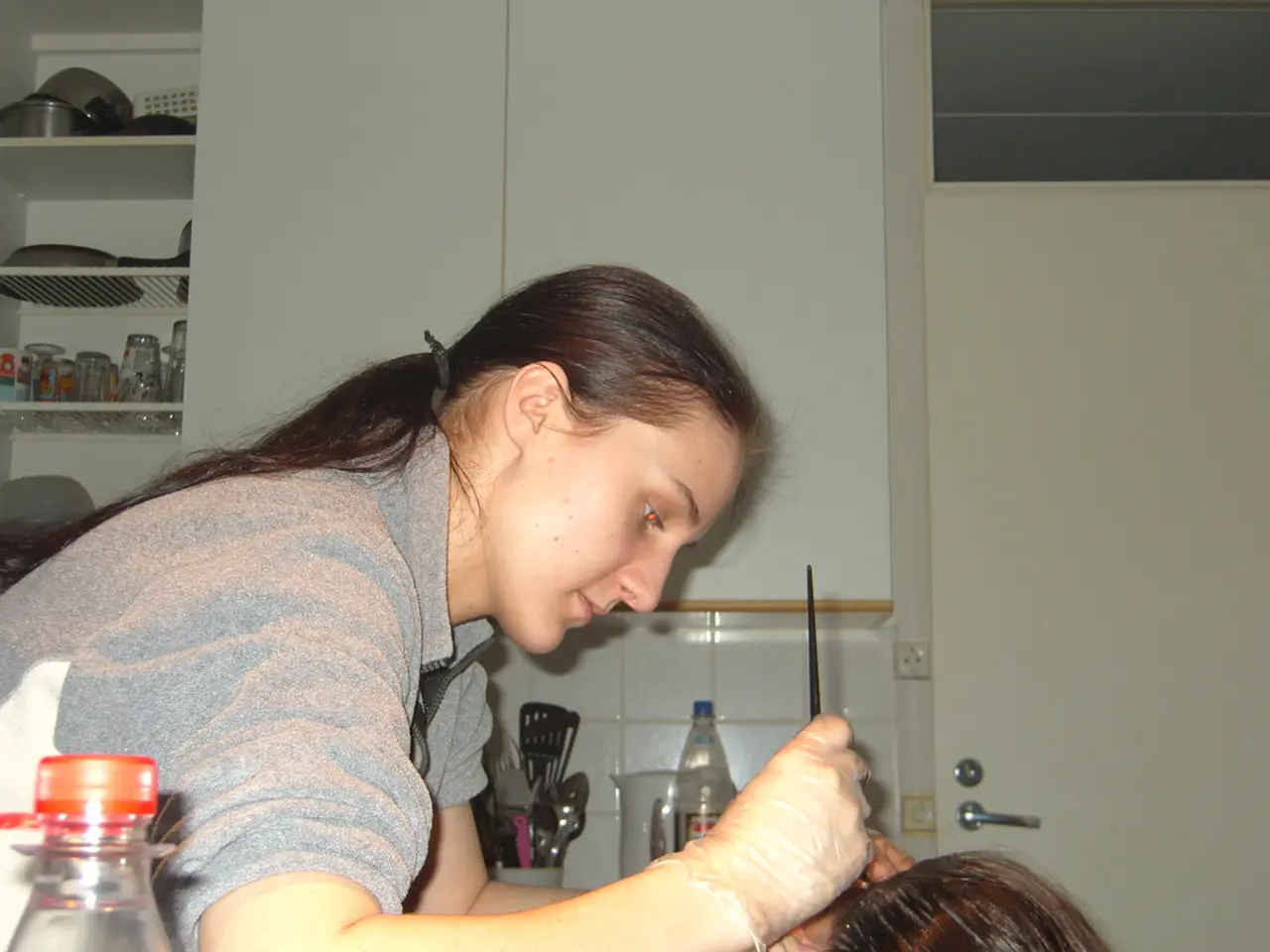Title: Understanding Chiropractic Techniques: A Comprehensive Guide and Top Picks
Chiropractic treatments focus on addressing neuromuscular issues, primarily through manual adjustments and manipulations of the spine. The goal is to reduce pain and improve functionality, utilizing methods like manipulation and mobilization. A chiropractor might recommend additional therapies, such as regular exercise, to address the underlying problem.
Among the numerous chiropractic techniques, this piece focuses on seven—diversified, spinal mobilization, the Activator method, Gonstead adjustment, flexion distraction, Thompson drop-table, and spinal decompression.
- Diversified Technique (Most Common): This technique uses precise, high-velocity, low-amplitude thrusts to correct spinal misalignments and enhance motion. It's a versatile approach suitable for various conditions with a "popping" sound often accompanying adjustments.
- Spinal Mobilization: This gentler technique relies on gentle, gradual joint and muscle movements to expand the range of motion without the "popping" sound. Suitable for sensitive patients, it shares similar goals with other techniques while being less forceful.
- Activator Method: Engineered to be gentler, the Activator method involves a handheld device called an Activator Adjusting Instrument (AAI). It's suggested to help reduce back pain but requires further research to prove its benefits.
- Gonstead Adjustment: This approach aims to realign the spine through high-velocity, low-amplitude thrusts and the use of imaging tools. It shares similarities with the diversified technique, with chiropractors adjusting individuals while they're seated or lying sideways.
- Flexion Distraction: Employing a special table for non-thrusting manipulations, this technique combines gentle osteopathic manipulative therapy with specific movements. Its application targets conditions like herniated disks, aiming to improve motion, disk health, and relieve pressure on nerves without aggressive manipulation.
- Thompson Drop-Table Technique: Distinguished by a specialized table with a dropping mechanism, the Thompson technique involves a quick thrust as the table slightly drops. It's suggested to improve intervertebral disk height and straight leg raising angle for individuals dealing with herniated disks.
- Spinal Decompression: Utilizing suspension devices or traction tables, this technique aims to relieve spinal pressure by gently stretching. It targets conditions related to disk degeneration, such as herniated or bulging disks, as well as chronic back or neck pain.
While the diversified technique is most common, the best chiropractic technique for an individual is dependent on factors like their specific condition, age, overall health, and the skill and experience of the chiropractor. Chiropractic care delivers various benefits, like pain relief and improved mobility, while minimizing risks, such as temporary discomfort or stiffness after adjustments. It's advisable to consult with a healthcare professional to determine what chiropractic technique suits your unique needs.
- If you're experiencing sensitivity in your back due to pain, the Activator method might be recommended by your chiropractor as an alternative to the high-velocity techniques, such as the diversified technique or Gonstead adjustment.
- Incorporating alternative forms of therapy, like regular exercise, alongside chiropractic treatments can help strengthen your body and improve the long-term management of neuromuscular issues related to your bones and joints.
- Spinal manipulations and mobilizations, as part of chiropractic care, can provide relief from aches and pains, allowing your body to function better and reducing the need for more invasive treatments, like surgery.






